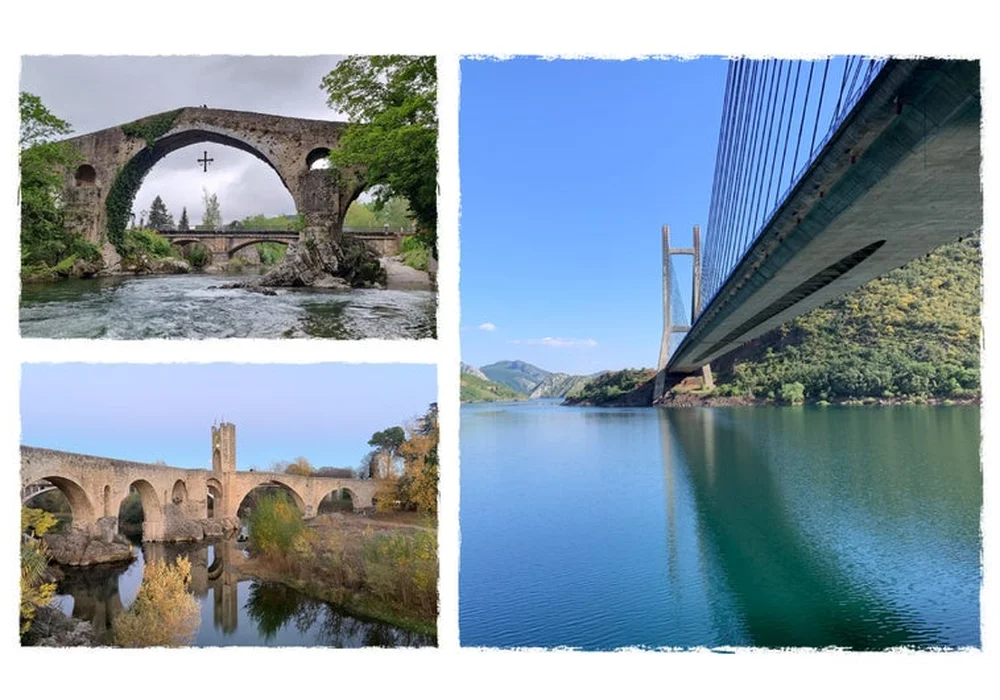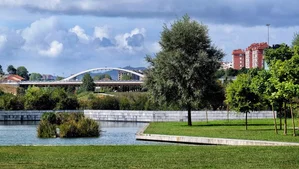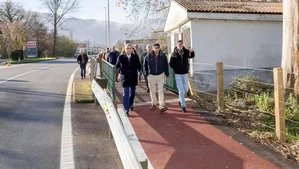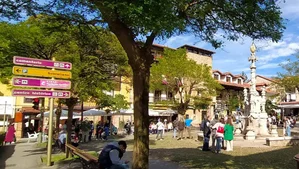New Cross-Border Bridge to Connect Portugal and Spain: A Boost for Regional Development

In a significant move to enhance cross-border cooperation and regional development, Portugal and Spain have finalized plans for the construction of a new international bridge connecting the towns of Alcoutim in Portugal's Algarve region and Sanlúcar de Guadiana in Spain's Andalusia.
Official Approval and Funding
The project has been officially approved by the President of Portugal, Marcelo Rebelo de Sousa, who signed the government diploma endorsing the agreement between the two countries. This bridge is part of a broader initiative to strengthen the Common Cross-Border Development Strategy (CBT) and is funded by the Recovery and Resilience Plan (RRP)[1][3].
Investment and Development
The Alcoutim-Sanlúcar bridge represents an investment of approximately 13 million euros and is being developed by the Alcoutim Council. This project is one of two new international bridges agreed upon during the Portuguese-Spanish Summit held in Faro on October 23, 2024. The other bridge will connect Montalvão in Portugal's Portalegre district with Cedillo in Spanish Extremadura[1][3].
Regional Impact
The new bridge aims to establish a crucial interconnection between the Portuguese and Spanish road networks, fostering cultural, social, and economic ties between the regions of Alentejo, Algarve, and Andalusia. This initiative is expected to improve the quality of life for residents in these border areas, which have been facing challenges such as an aging population and rural depopulation[1][3].
Economic and Social Benefits
The bridge is anticipated to boost cross-border trade and tourism, making it easier for people to travel and conduct business between the two countries. It will also contribute to the objectives of the Common Cross-Border Development Strategy, established at the Portuguese-Spanish Summit in October 2020, and strengthen cooperation within the Euroregion EUROAAA, which includes Alentejo, Algarve, and Andalusia[1][3].
Community and Environmental Considerations
While the project is widely seen as a positive development, there are also concerns from some local residents who fear that the bridge could disrupt the natural beauty and tranquility of the region. However, the project's focus on promoting territorial cohesion and developing inland territories is expected to balance these concerns with the overall benefits of improved connectivity[3].
Construction and Future Plans
The exact timeline for the start and completion of the bridge's construction has not been detailed, but given the recent approval, it is expected to move forward in the near future. The project's success will be a significant step in enhancing the economic and social ties between Portugal and Spain, setting a precedent for future cross-border development initiatives.
Related Stories

Santander to Invest €77 Million in Neighborhood Renewal for 2025
Santander announces a €77 million investment for neighborhood renewal in 2025, aiming to enhance livability through infrastructure and public space improvements.

Ruesga and Ason Municipalities Collaborate on Partial Reform of Casa Consistorial
Ruesga and Ason municipalities unite to revitalize the historic Casa Consistorial, blending heritage preservation with modern needs for the community.

Renovation and Consolidation of Metallic Elements in Santander’s Llamas Area Underway
Santander launches a tender for the renovation of metallic structures in the Llamas area, aiming to enhance safety and aesthetics amid coastal challenges.

New Pedestrian Pathway Inaugurated in Badames and San Pantaleón, Trasmiera
Trasmiera celebrates the opening of a new pedestrian pathway in Badames and San Pantaleón, enhancing local life and boosting tourism.

New Campaign to Enhance Pedestrian Safety in Saja and Besaya Regions Set to Launch in January
Saja and Besaya regions in Cantabria, Spain, to launch a pedestrian safety campaign in January 2025, focusing on public awareness, education, and infrastructure improvements.